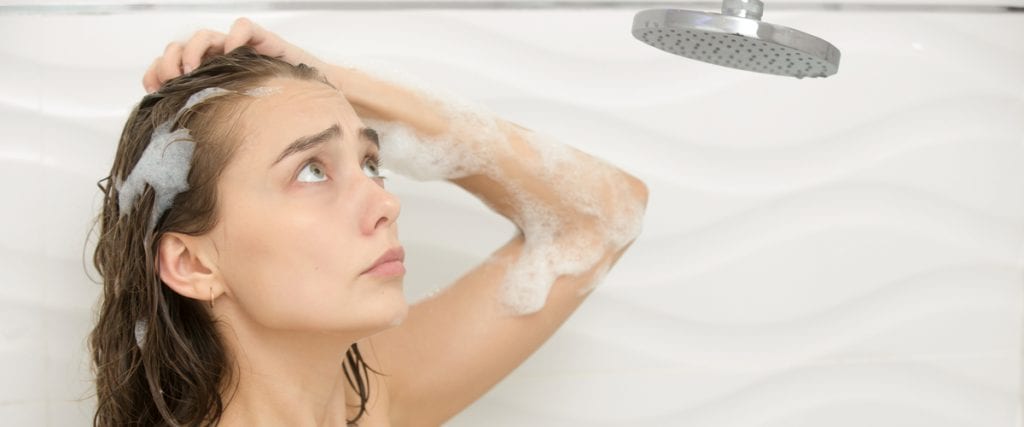Are You Experiencing Low Water Pressure?
Does the water in your kitchen faucet come out as a trickle? Does it take a long time for your washing machine to fill up? Is it difficult to rinse your hair in the shower?
If any of those scenarios sound familiar, you have a low water pressure issue. Unfortunately, every home’s plumbing system is different so there’s no one-size-fits-all solution.
Luckily, with some simple troubleshooting, you can find the source of the problem. Read on to learn how to solve your water pressure woes.
Check the Water Pressure Throughout Your House
When you notice weak water pressure, the first step is to find the cause. Turn on each faucet in your house — both indoors and outdoors.
If it’s only one faucet that has low pressure, it’s an issue with that faucet. You might have a clogged pipe near the faucet or an aerator that’s blocked with mineral build-up. You can clean the aerator with some hot water or vinegar, but a pipe issue might require a plumber.
If the pressure is low in all the faucets, you’ll know that it’s a larger problem.
Check Both the Hot and Cold Water

If your water pressure is low everywhere in your house, check for a difference between hot and cold water. If the low pressure only affects the hot water, you could have a problem with your hot water heater.
Over time, the minerals in water can clog the pipes in your water heater. All of your hot water travels in and out of these pipes, so a build-up can lower the hot water pressure for the entire house.
A plumber might be able to replace just the pipes, but if not, you may need a water heater replacement.
Check the Major Shut-off Valves
There are two valves that control the water that comes into your house: the water meter valve and the house shut-off valve. If these valves are partially closed, your water pressure could suffer.
The water meter valve connects the city’s water supply to your house and can be either outside or inside your home. The house shut-off valve which is inside your house by your main water supply pipe.
There are several different types of shut-off valves like a ball and angled shut-off. Figure out which type you have and make sure the valve is open all the way. If you’re uncertain about this, you should call a plumber.
Check the Condition of Your Pipes
If you live in an older home with original plumbing, there’s a good chance you have steel pipes. Over time, the mineral build-up can block the inside of the pipes, much like a blocked artery.
When it’s a pipe issue, you probably won’t notice a sudden drop in pressure. It’s a problem that happens gradually as the pipe corrodes.
Unfortunately, the only way to fix this problem is to have a plumber repipe your system with plastic water pipes. This can be an expensive fix, but it will definitely improve your house water pressure.
Still Have Low Water Pressure? Call a Plumber Today
If you’ve done the checks above and you still have low water pressure, you should call a professional. A plumber can diagnose the source of the water pressure problem and handle the repairs.
At All A’s Plumbing and Heating, we offer a wide range of plumbing services at an affordable price. Contact us today to make an appointment.
Our office with our friendly staff is located in Randolph, New Jersey. But if you cannot come to visit, contact us online. We service the communities far beyond our office in Randolph, NJ.


Recent Comments